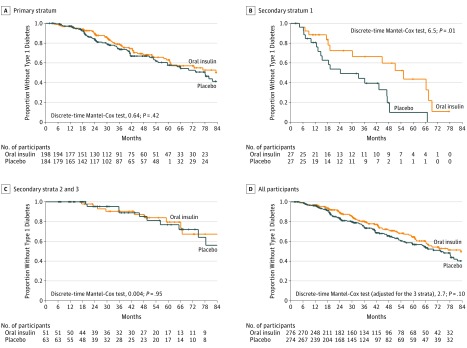Figure 2. The Proportion of Study Individuals Who Had Not Developed Type 1 Diabetes as a Function of Follow-up.
The plus marks indicate that the participants were censored.
A, The quartiles of time to diabetes were 18.4, 31.9, and 55.1 months for oral insulin and 18.9, 32.7, and 54.4 months for placebo. Of those in the oral insulin group, 140 participants did not develop type 1 diabetes and 58 did. Of those in the placebo group, 122 participants did not develop type 1 diabetes and 62 did. The median months of follow-up was 32.0 (1.87-114).
B, The quartiles of time to diabetes were 12.9, 19.2, and 52.8 months for oral insulin and 10.5, 18.5, and 39.8 months for placebo. Of those in the oral insulin group, 14 did not develop type 1 diabetes and 13 did. Of those in the placebo group, 8 did not develop type 1 diabetes and 19 did. The median months of follow-up was 18.9 (2.33-77.5).
C, The quartiles of time to diabetes were 25.3, 49.2, and 65.8 months for oral insulin and 18.1, 30.2, and 63.3 months for placebo. Of those in the oral insulin group, 40 participants did not develop type 1 diabetes and 11 did. Of those in the placebo group, 53 participants did not develop type 1 diabetes and 10 did. The median months of follow-up was 39.4 (6.21-115).
D, The quartiles of time to diabetes were 18.4, 34.9, and 59.7 months for oral insulin and 17.8, 31.2, and 54.0 months for placebo. Of those in the oral insulin group, 194 participants did not develop type 1 diabetes and 82 did. Of those in the placebo group, 183 participants did not develop type 1 diabetes and 91 did. The median months of follow-up was 32.4 (1.87-115).

